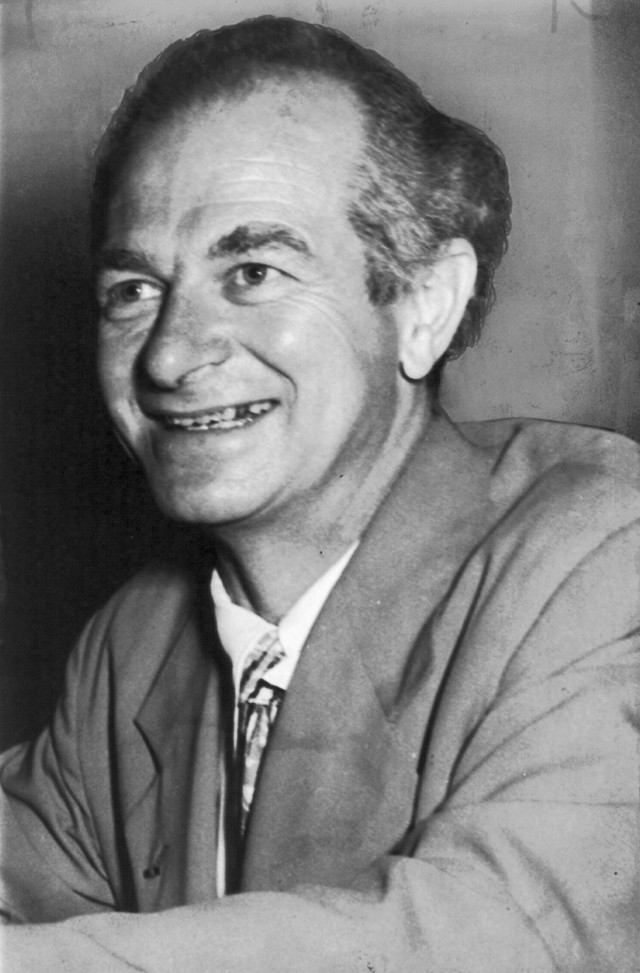
by Carolyn Gramling Tuesday, October 27, 2015

Chemist Linus Pauling, who won Nobel Prizes for both chemistry and peace, urged the United Nations in a petition to issue a moratorium on nuclear weapons testing. Credit: Library of Congress Prints and Photographs Division.
Willard Libby, who won a Nobel Prize for Chemistry in 1960, was a prominent advocate of nuclear weapons testing, and worked on the Manhattan Project to help develop an atomic bomb during World War II. During the late 1950s, chemist Linus Pauling, a peace activist who won Nobel Prizes for both Chemistry and Peace, presented the United Nations with a petition signed by more than 11,000 scientists that called for an end to nuclear weapons testing. In particular, Pauling cited a 1958 speech on carbon-14 by Libby that suggested nuclear tests would produce large amounts of the radioactive isotope.
Libby had dismissed the amount of carbon-14 produced by bomb-testing as insignificant relative to naturally occurring carbon-14, but Pauling said he did his own calculations and became alarmed, prompting his petition. Libby, who had been appointed to the U.S. Atomic Energy Commission in 1954, vehemently opposed this petition. He also advocated for a fallout shelter at every U.S. home, stating that anyone could survive a nuclear war if he had such a shelter, and indeed built one at his own house in Southern California. Several weeks later, however, a brush fire burned both house and shelter to the ground, prompting Leo Szilard, a former Manhattan Project physicist-turnednuclear testing critic, to quip: “This proves not only that there is a God but that he has a sense of humor.”
Additional carbon-14 dating of artifacts of known age performed in the 1950s revealed discrepancies between those known ages and their carbon-14 ages. The reason, as tree ring analyses done in the 1950s and 1960s confirmed, is that atmospheric carbon-14 values were not constant throughout the centuries. In addition to natural fluctuations, recent human activities have dramatically altered the balance of carbon-14 in the atmosphere: The burning of fossil fuels beginning with the Industrial Revolution in the 18th century added large amounts of carbon dioxide with almost no carbon-14 to the atmosphere, thus lowering the overall concentration of atmospheric carbon-14. Bomb testing in the 1950s and 1960s, on the other hand, nearly doubled the amount of carbon-14 in the atmosphere (those levels are now slowly decreasing). Because accurate carbon-14 dates rely on assuming a constant atmospheric value, scientists now have calculations that calibrate for these fluctuations.
© 2008-2021. All rights reserved. Any copying, redistribution or retransmission of any of the contents of this service without the expressed written permission of the American Geosciences Institute is expressly prohibited. Click here for all copyright requests.